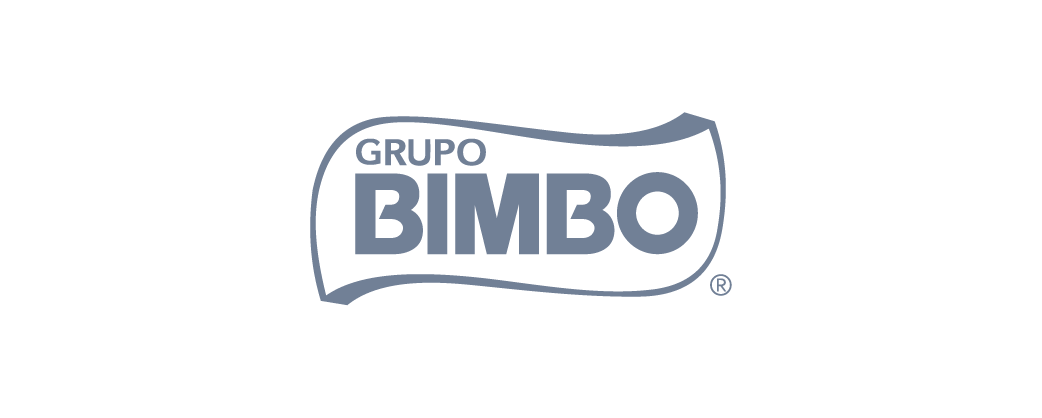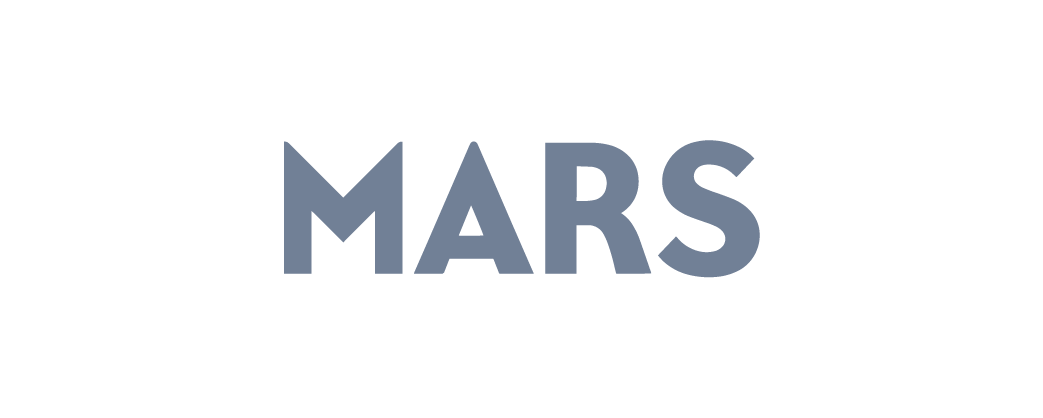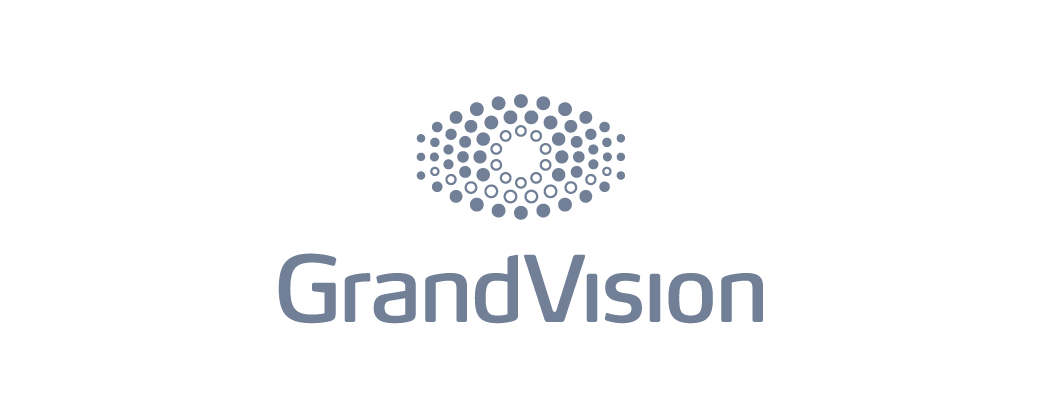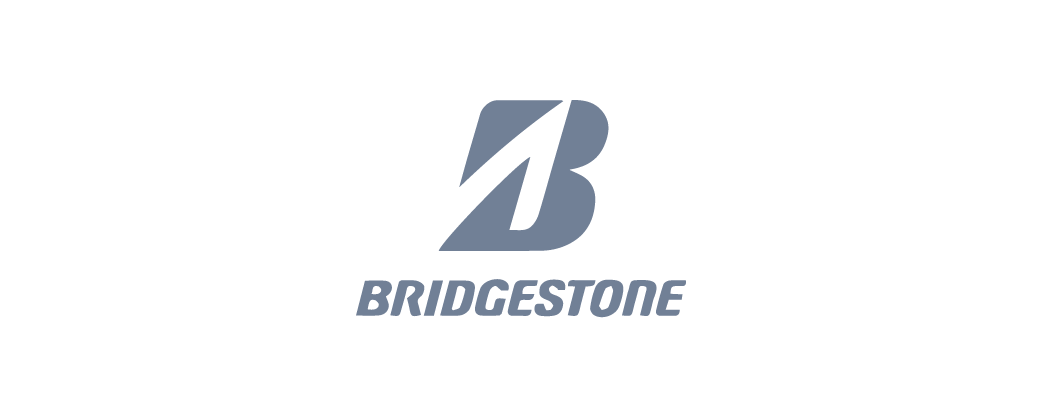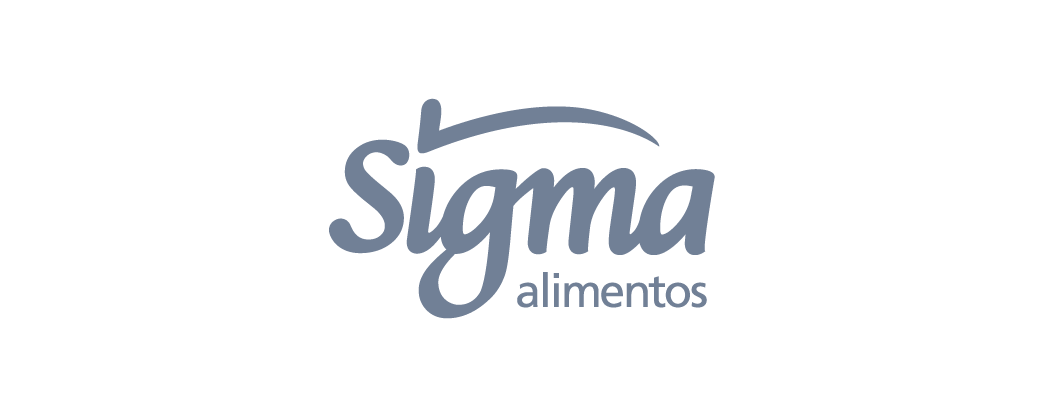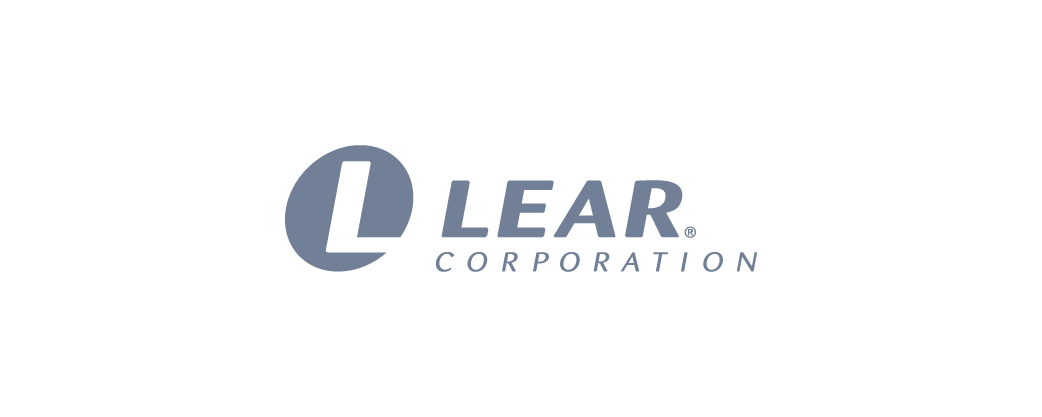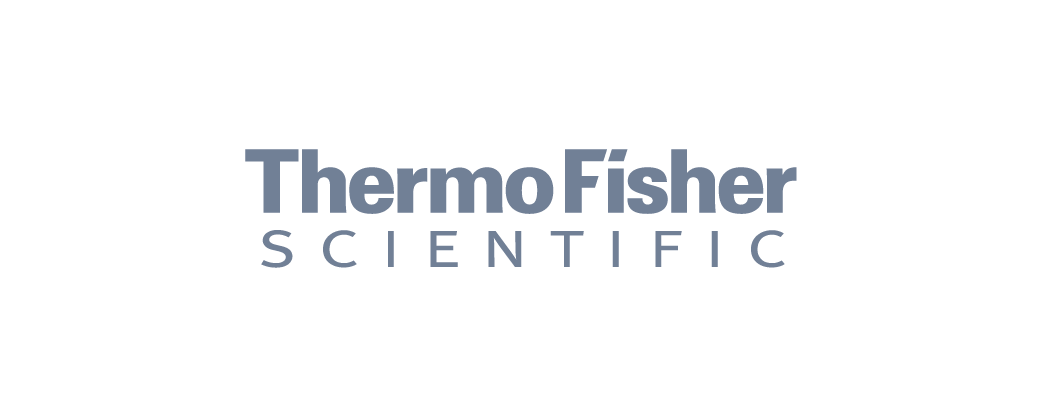Hazard Identification
Consistent approach to Safety Inspection that involves everyone, drives preventive measures, and provides data for compliance reporting.
Powering mission-critical apps for the world's best companies

Today's Challenges
Lack of a digital, standardized process and platform
No consistent way to track execution of inspections
Lack of visibility into issue resolution
Manual, incomplete, reports on issues and preventive actions
Rever Benefits
Activating the untapped power of the frontline
Standard inspection timing, scope, and reporting
Real-time visibility into issues and relevant corrective actions
Centralized data for automated compliance reporting

Flows
- Create your Safety Audit Routine & Train on Quick Actions
- Resolve the Problem and Track Progress
- Automate Reporting and Insights
- Collaborate
Create your Routine with the appropriate Checklist for Safety Inspections to identify any Hazards.
Key actions:
- Add the Assignees that will execute the Safety Routines (individuals/teams).
- Define the Frequency for the Routine.
- Select the Routine Type “Safety”.
- Select the appropriate Situation Types to define the Risk (Low, medium, high).
- Use Tags to select relevant Departments and Machines associated with this Routine.
- Create your Safety Checklist using the Checklist Editor.
- Create separate sections in the checklist to group items.
- Train your team to create a Quick Action whenever they see a Hazard.
- Define Risk (low, med, high) and potential corrective action
Assignees execute the Safety Audits by Routines and capture a Finding for each risk found. Findings may range from observations, to issues or improvement ideas.
Key actions:
- Assignees execute the Safety Audit based on the set Frequency.
- Assignees create and assign Findings for any actions to be taken based on audit.
- Capture the following in Findings: Owner, Type of Rev (Quick Action or Improvement Idea), Priority, Due date, and the Department where the Finding was found.
Anyone can track the progress and completion rates of Safety Audits and Findings.
Supervisors can track the performance of their own departments and the completion rate of Findings.
Key actions:
- Findings are addressed by assignees based on dues date and priority
- Summary reports provide visibility into which Safety Audits are in-progress and completed.
- Findings are classified by status and by which Safety Audit generated the Finding.
- Follow-up with owners of both Safety Audits and Findings in case progress is not happening as expected.
Go to Insights and track the performance of each Routine in terms of executions, Findings, people assigned, and more.
Key actions:
- Go to the “Routine Overview Report”.
- Select the “Gemba Walk” in “Routine Type” to see the execution, activity and the breakdown by execution and associated Findings.
- Go to “Routine Report”.
- Select the Routine Name to track the activity, executions, and Findings. Dig into Findings by by priority, status, departments, and more.
- Download the Excel report to see the individual Checklist answers for every execution of the Routine.

